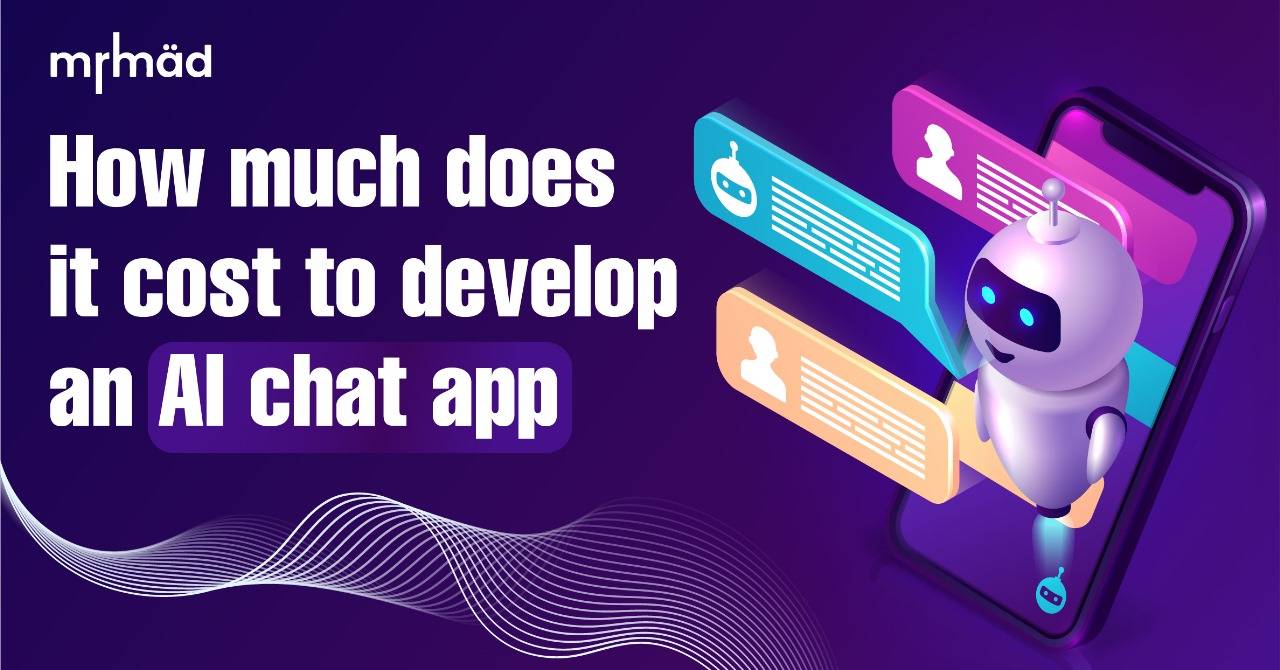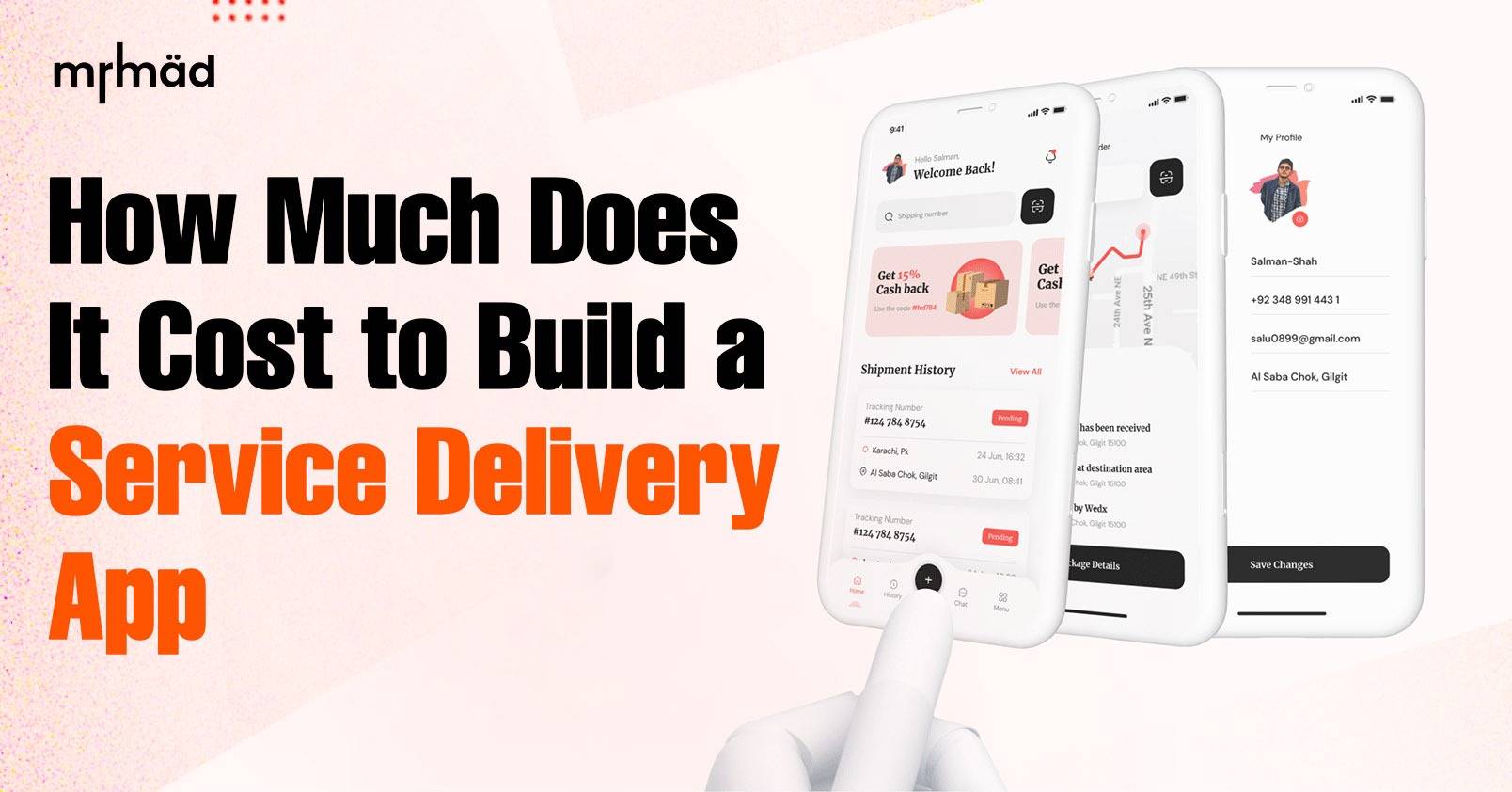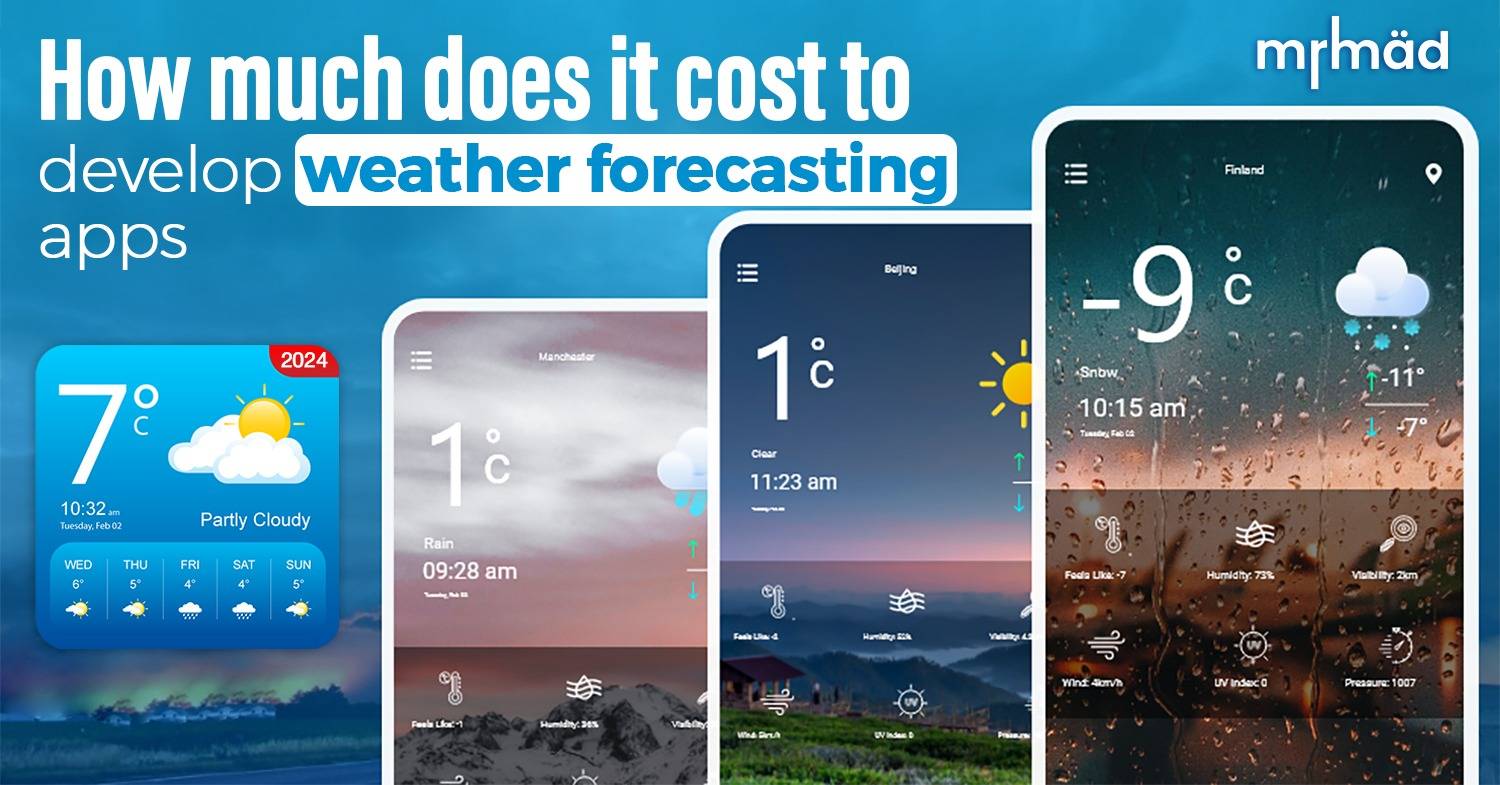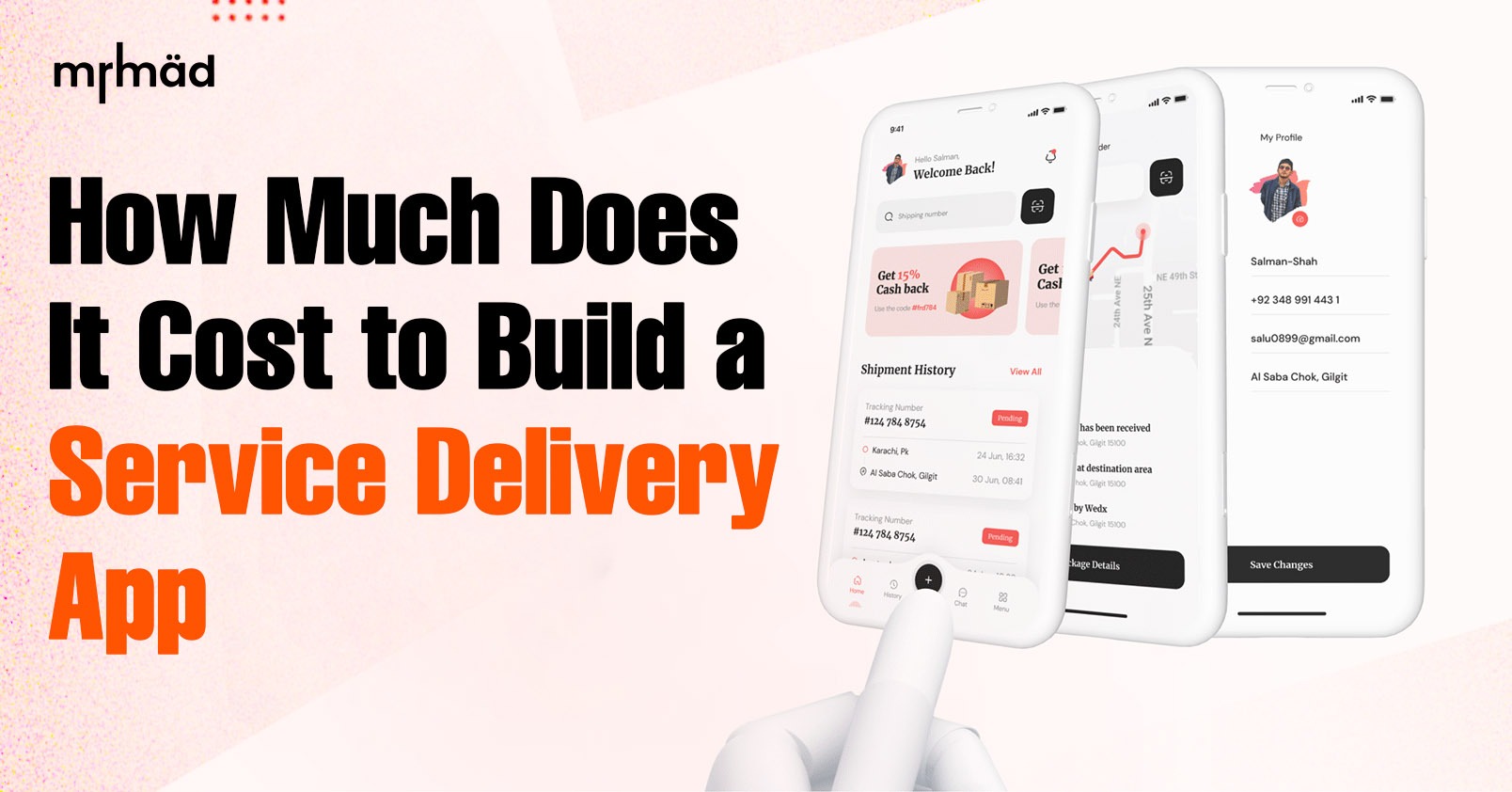Mobile app development is a necessity for businesses across the globe. However, it is the case where no matter what your business is, app development is a necessity.
On the other side, to get started developing an app, there is a need to connect with experts and be a freelance mobile app developer like me to get started. Hence, be it an Android or iOS development, then develop an app with me.
The cost of developing a mobile app can vary significantly depending on several factors, including its complexity, the platform(s) it will be developed for, the features and functionalities required, the development team’s location and experience, and additional factors specific to the project.
To provide a general estimate, a simple app with basic features and functionality can range from $10,000 to $50,000. It typically involves a straightforward design, limited integrations, and a small development team.
App development cost stats
As per the research it is stated that business owning apps can bring immense changes in their revenue and presence.
- App usage grew 36% between 2020 and 2022
- Users spent $21.2 billion on the Apple store in the third quarter of 2022 alone
- The number of app downloads grew from 140 billion in 2016 to 230 billion in 2021
- Google PlayStore receives over 100,000 new apps monthly, while Apple Store gets over 30,000 new mobile apps
- Mobile app revenue is reportedly to increase from $318 billion in 2020 to over $600 billion in 2025
Source(Statistsa)
Here’s a clear breakdown of what affects app development costs and how to plan wisely.
🧩 1. App Type & Complexity
A basic app like a calculator or flashlight may cost $5K–$10K if built in India, while the same could range from $10K–$20K in the USA.
Mid-level apps like to-do lists or weather trackers might hit $10K–$25K in India and $25K–$60K in the USA.
Complex, feature-rich apps such as e-commerce or social media platforms start around $30K–$150K in India and can go from $80K to $500K+ in the USA.






